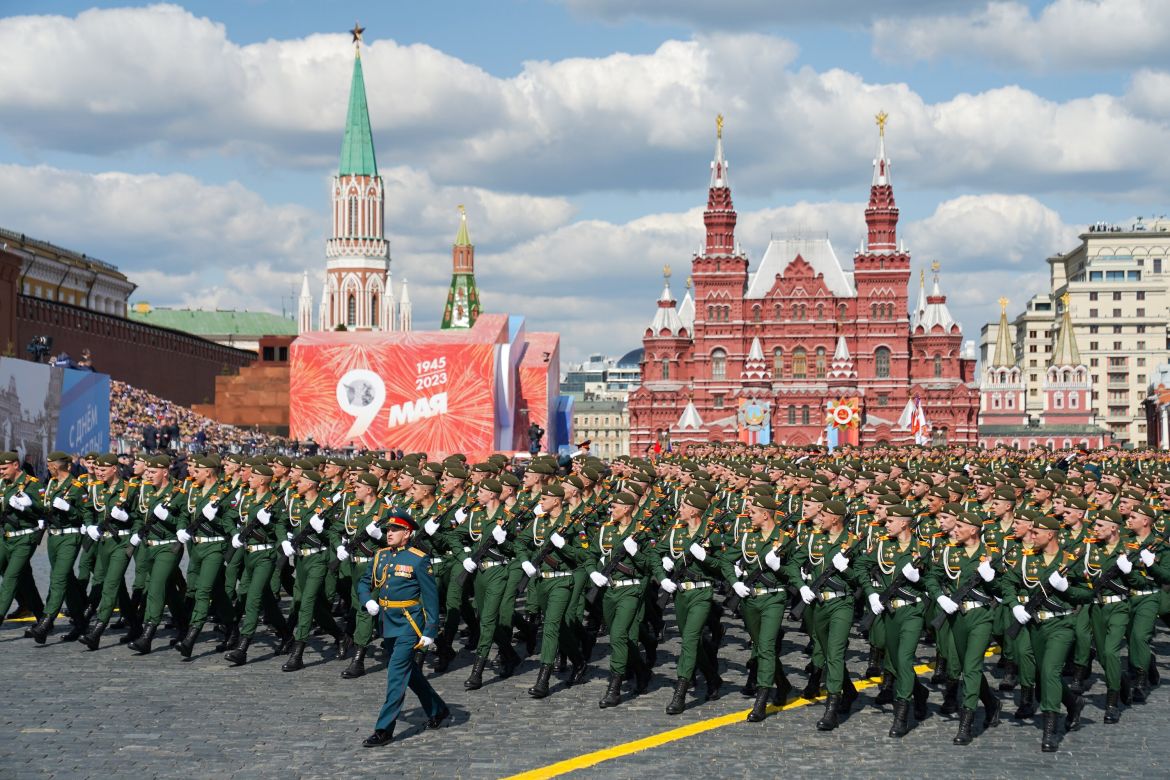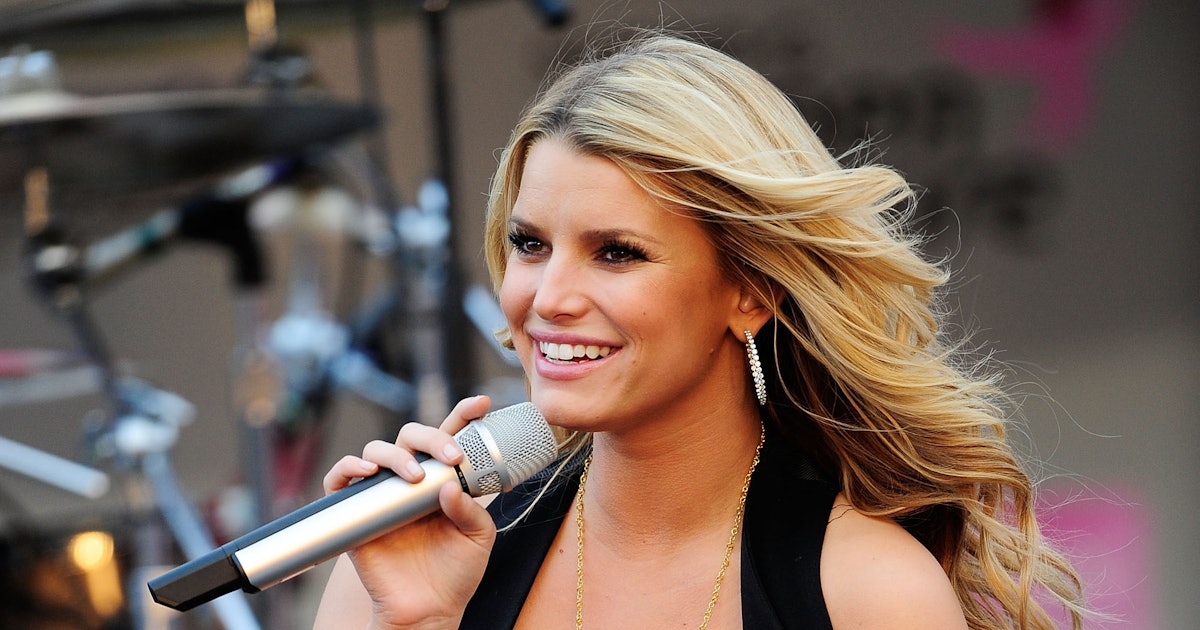Moscow Victory Day Parade: Assessing Russia's Military Capabilities

Table of Contents
Ground Forces Displayed at the Moscow Victory Day Parade
The ground forces segment of the Moscow Victory Day Parade provides a crucial window into the capabilities of Russia's army. The sheer scale and variety of equipment displayed offer significant insights.
Types of Tanks and Armored Vehicles
The parade featured a range of tanks, showcasing both modernized versions and older models. This mix provides a glimpse into the state of Russia's tank fleet and its modernization efforts.
- T-90M Proryv: A limited number of these advanced main battle tanks were prominently displayed. Their Relikt explosive reactive armor and improved fire control systems represent significant upgrades compared to older models. However, their numbers remain relatively small compared to the overall tank fleet.
- T-72B3 and T-80BVM: These constituted the bulk of the tank contingent, indicating their continued relevance in the Russian military structure. Upgrades to these older platforms, including enhanced fire control systems and improved armor, are evident, but they still lag behind Western counterparts in several key areas, such as overall protection and situational awareness.
- Armored Personnel Carriers (APCs) and Infantry Fighting Vehicles (IFVs): A variety of APCs and IFVs, including the BMP-3 and BMD-4M, were also showcased. These vehicles play a vital role in mechanized infantry operations and their display underscores the continued investment in these critical support platforms. Their capabilities, however, are subject to the same limitations in technology and integration compared to modern Western systems.
Infantry and Artillery Units
The parade also showcased the firepower and manpower of Russia's infantry and artillery units.
- 2S19 Msta-S Self-Propelled Howitzers: These self-propelled howitzers are a mainstay of Russian artillery, demonstrating impressive range and firepower. However, their precision-guided munitions capabilities need further development to compete with contemporary Western systems.
- BM-21 Grad Multiple Rocket Launchers: These iconic multiple rocket launchers, while effective in saturating targets with unguided rockets, are increasingly vulnerable in modern warfare scenarios characterized by precise, long-range strikes.
- Infantry Weaponry: The parade showcased modernized assault rifles and anti-tank weapons, indicating ongoing efforts to improve the infantry's lethality and survivability. However, the overall effectiveness depends on training, doctrine, and integration with other combat systems.
Air Power Demonstrated During the Moscow Victory Day Parade
The aerial segment of the parade highlighted the capabilities of Russia's air force, showcasing both its strengths and weaknesses in the current global context.
Fighter Jets and Bombers
Russia's aerial display emphasized its long-range strike capabilities and air superiority ambitions.
- Su-35 and Su-30SM Fighter Jets: These advanced fighter jets are the backbone of Russia's air superiority efforts, demonstrating significant maneuverability and firepower. However, compared to the latest 5th generation stealth fighters of the West, they lack stealth capabilities and advanced sensor fusion.
- MiG-31 Interceptors: These high-altitude interceptors are crucial for Russia's air defense network, capable of engaging targets at long ranges. However, their age and technological limitations necessitate modernization efforts to maintain effectiveness.
- Tu-95MS and Tu-160 Bombers: These long-range bombers, capable of delivering nuclear and conventional payloads, underscore Russia's strategic nuclear deterrent. However, their vulnerability to advanced air defense systems remains a significant concern.
Helicopters and Airborne Troops
The parade included a display of helicopters and airborne troops, signifying the importance of these assets in modern warfare.
- Mi-26 and Mi-8/17 Helicopters: These helicopters play critical roles in troop transport, resupply, and combat search and rescue. Their reliability and versatility remain valuable, although they may lack the advanced capabilities of Western counterparts in areas such as electronic warfare countermeasures.
- Airborne Troops: The showcased airborne troops demonstrated their readiness for rapid deployment and high-intensity combat operations. However, the modernization of their equipment and integration with other combat arms requires ongoing attention.
Assessing the Overall Message and Implications
The Moscow Victory Day Parade offers more than just a static display of military hardware. It conveys a specific message, both domestically and internationally.
Technological Capabilities
The parade highlights a mixed bag in terms of Russia's technological capabilities.
- Strengths: Russia retains significant capabilities in certain areas, particularly in long-range missile systems and certain aspects of tank technology. Its experience in asymmetric warfare also plays a role in its military doctrine.
- Weaknesses: The parade revealed a reliance on older platforms, a lack of widespread adoption of advanced stealth technology, and an apparent lag in the development and integration of precision-guided munitions and advanced sensor technologies when compared to the leading Western powers.
Implications for Geopolitical Landscape
The military capabilities showcased at the parade have significant implications for Russia's geopolitical standing.
- Regional Influence: The display reinforces Russia's military presence in its near abroad and its capacity to project power regionally.
- Global Influence: The demonstration of nuclear capabilities and long-range strike assets influences global perceptions of Russia’s geopolitical influence, signaling both its strength and the potential for escalation.
- NATO Implications: The parade highlights the continued need for NATO to maintain a strong defensive posture and adapt its strategies to counter the evolving threats posed by Russia's military.
Conclusion
The Moscow Victory Day Parade provides a valuable, albeit curated, glimpse into Russia's military capabilities. While showcasing impressive firepower in some areas, it also highlights technological gaps compared to its Western counterparts. Understanding the complexities of the displayed weaponry and formations requires further research beyond the parade's spectacle. To gain a more comprehensive understanding of Russia’s military capabilities and their global implications, delve deeper into independent analyses and expert opinions on the Moscow Victory Day Parade and related geopolitical issues. Share your insights and resources in the comments section below, furthering the discussion on this crucial topic.

Featured Posts
-
 Rob Manfreds Perspective On The Future Of The Speedway Classic
May 11, 2025
Rob Manfreds Perspective On The Future Of The Speedway Classic
May 11, 2025 -
 Payton Pritchards Career Feat A Product Of His Upbringing
May 11, 2025
Payton Pritchards Career Feat A Product Of His Upbringing
May 11, 2025 -
 From Bellator Debut Loss To Ufc Success Manon Fiorots Journey
May 11, 2025
From Bellator Debut Loss To Ufc Success Manon Fiorots Journey
May 11, 2025 -
 Yankees Pummel Pirates Judges Homer Frieds Strong Performance Leads To Victory
May 11, 2025
Yankees Pummel Pirates Judges Homer Frieds Strong Performance Leads To Victory
May 11, 2025 -
 Jessica Simpsons Comeback Performance A Look At Her 15 Year Absence And Return
May 11, 2025
Jessica Simpsons Comeback Performance A Look At Her 15 Year Absence And Return
May 11, 2025
